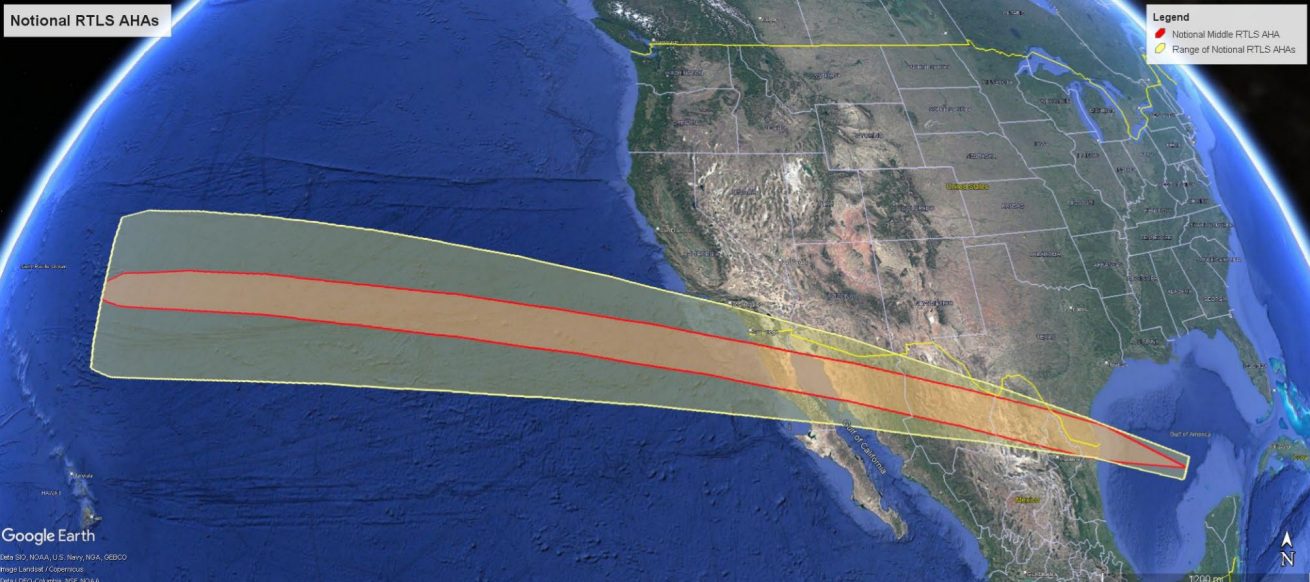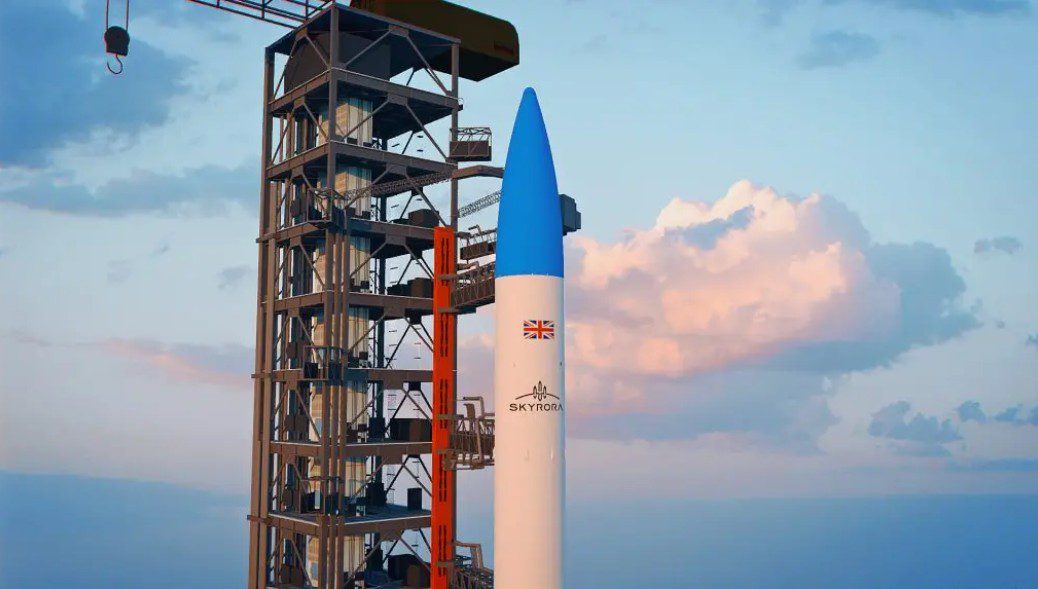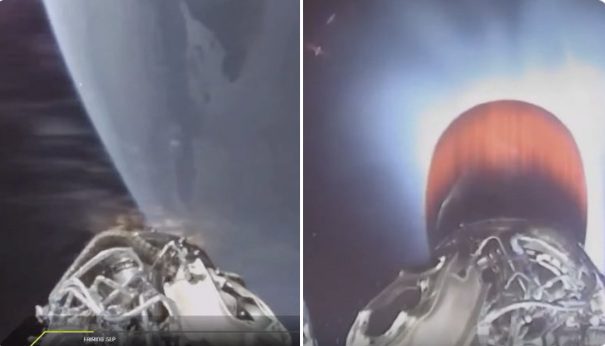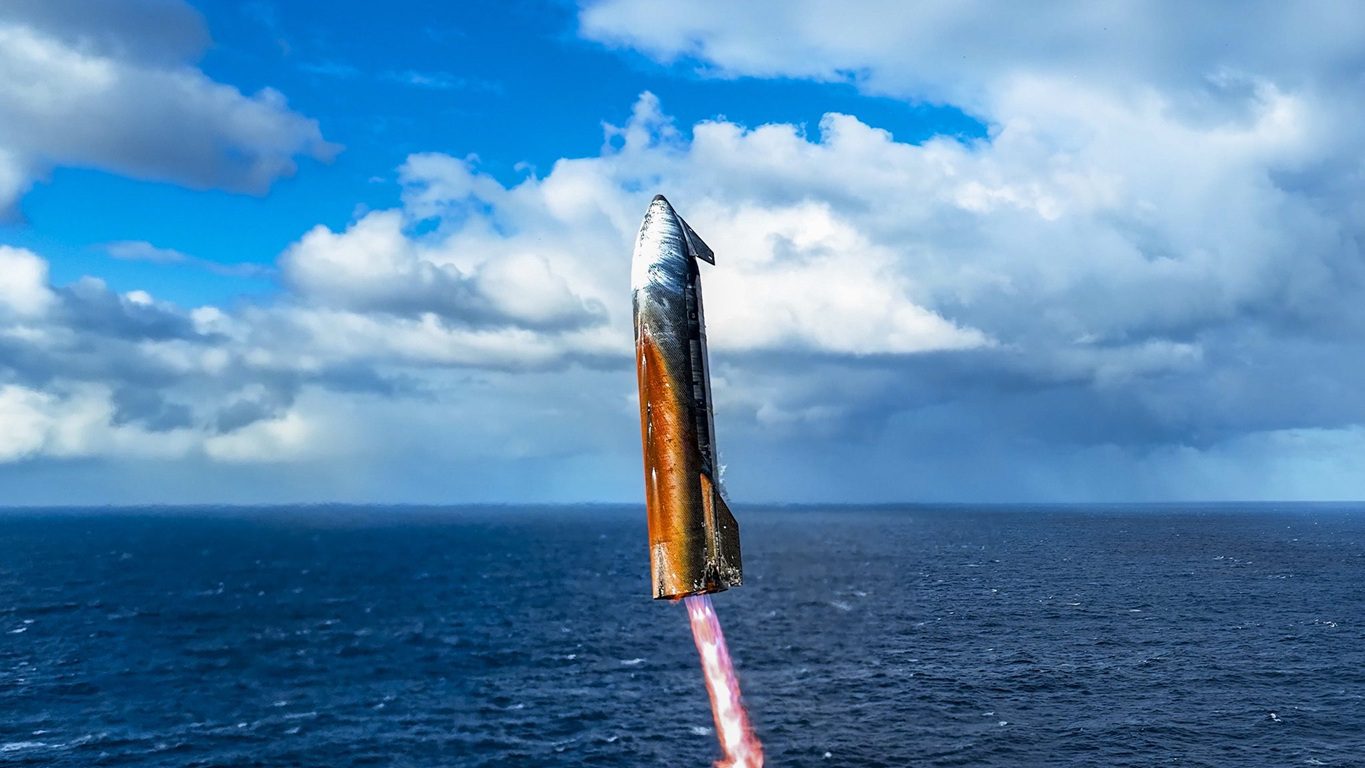Arcturus suffers unrelated solar array drive troubles
GEO satellite operator Viasat Inc has finally confirmed that its recently launched Viasat-3 Americas High Throughput Ka-band communications satellite has suffered a serious blow. The satellite failed to properly deploy its main 20 m+ very large diameter mesh Ka-band antenna (the spacecraft has another smaller deployable mesh antenna). The exact circumstances were not disclosed by the company, which only said that an “unexpected event occurred during reflector deployment that may materially impact the performance of the ViaSat-3 Americas satellite”.
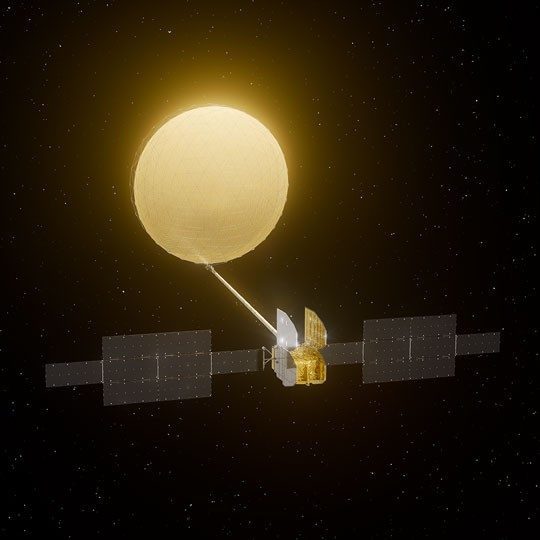
Artist’s impression of a Viasat-3 class satellite with the sun reflecting of its very large 20 m+ main antenna. Note that this image hides a smaller diameter antenna. Courtesy: Viasat
Seradata understands that launch damage to the reflector – the spacecraft lifted off on a SpaceX Falcon Heavy rocket on 1 May (0026 GMT) – was ruled out. The Northrop Grumman antenna and its deployment mechanism are instead suspected to be the likely causes. The 6.4 metric ton Viasat-3 Americas satellite, built by Boeing using its electric thruster equipped BSS-702MP+ bus, was insured for US$420 million across a main policy and total loss only policy. There were hopes that the data capacity of 1 terabit per second (1,000 Gbps) would be salvageable but, while the satellite can still operate, such is the level of disruption to the Ka-band signal footprint and beam performance that an insurance “constructive total loss” may be declared.
Post Script: After news of the antenna deployment anomaly broke, Viasat – which recently acquired the Inmarsat mobile communications satellite business – saw its stock price fall by more than a quarter from just over US$43 to about US$30 on July 13. It remained around that level for the rest of the month.
Update on 24 July: In an unrelated satellite anomaly report, the small GEO satellite Arcturus (aka Aurora 4A) suffered a major fault involving both its solar array drive mechanisms. The issue considerably curtails how many hours per day it can be used. Arcturus is owned and operated by Astranis to provide niche telecommunications to Alaska and parts of Canada. The 350 kg satellite, which uses Astranis’s own MicroGEO bus, is supposed to offer 7.5 gigabits per second of capacity in Ka-band with Pacific Dataport being the core customer. Observers expect a claim for a constructive total loss will be made for the satellite which is insured for US$43 million.



